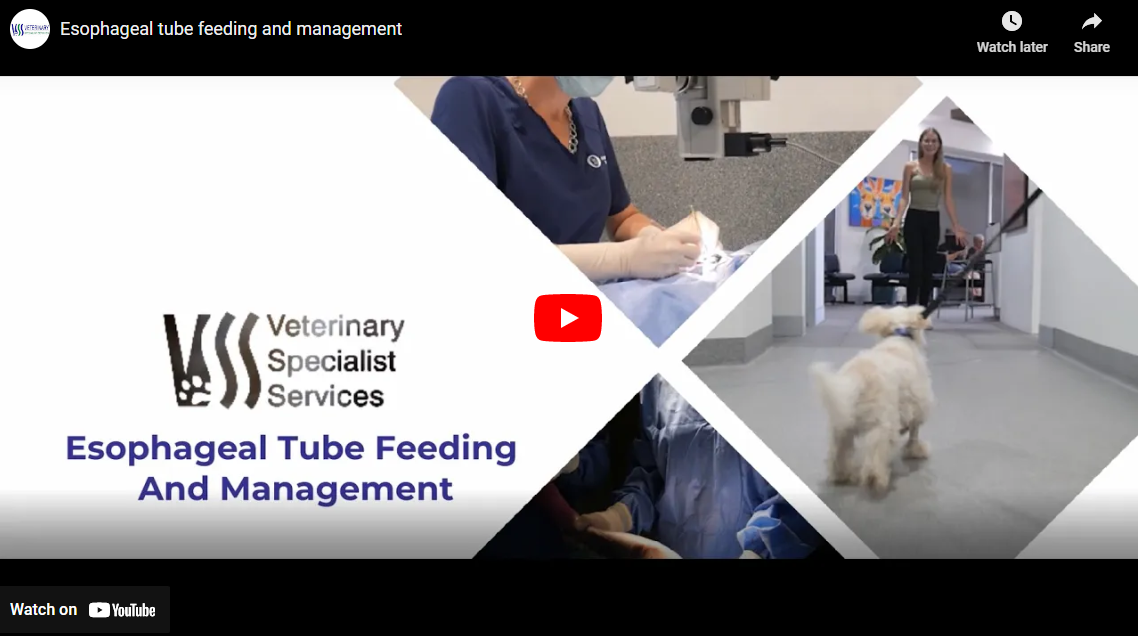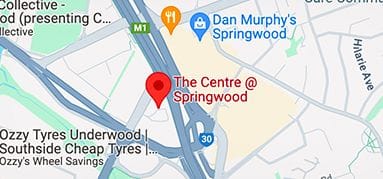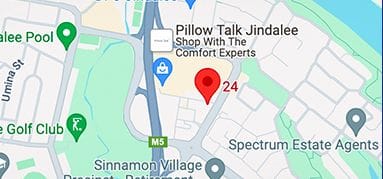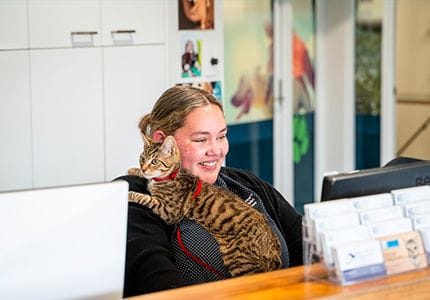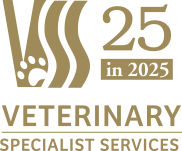This video, featuring Dr Chris Halman from our internal medicine team, discusses how to feed via an esophageal feeding tube, and how to care for the tube at home. It also explains what to watch out for in terms of any complications.
Esophageal feeding via a feeding tube, is a simple process that can be performed in the comfort of your own home. It can provide your pet with the nutrition and medications that they need, in an environment they are familiar with.
PREPARING TO FEED
Have your required materials ready before you begin the feed.
1. Ensure that the tube is still in its intended position which is the side of your pet’s neck. You can do this by taking a look under the bandage and checking that the stitches are still intact and
check that the tube is still attached to the skin. The same length of the tube should be hanging out too. If the tube isn’t intact: Wrap it up and give your local VSS a call for assistance.
2. Position your pet so that they are sitting up and awake so that they don’t choke on food and can swallow comfortably.
3. Take the cap off the end of the tube and attach an empty syringe to it to check for negative pressure. To do that, draw back the syringe and watch to see if it sucks back down. If it doesn’t
and fills with air, there may be a leakage in the tube or opening. (If this happens, call your local VSS). Once you have established that negative pressure is present, you can continue.
FEEDING
1. Attach a syringe filled with water to the tube and begin to slowly press down to feed water down the tube. Apply about 5ml of water and watch that it moves normally through the tube
and watch your pet’s reaction. Watch for coughing or uneasiness.
2. Now swap to your syringe filled with your pet’s food and begin injecting slowly. Normally, you will inject the food for about 15 to 20 minutes. If there’s any coughing or regurgitation, stop the
feeding and call your local VSS clinic.
3. Once the instructed volume of food has been injected, you must flush the tube using water again to ensure that there are no pieces of food stuck to it. This ensures that no food will dry
and block the tube which would prevent future use. Using one to two mls at a time, you will have to administer between five to ten mls depending on the size of the tube. To determine the amount of water to push through: You want to feel little to no resistance and you should see the water flowing through easily.
4. Once you’re satisfied with the cleanliness of the tube, disconnect the syringe and put the cap back onto the end. Then tuck it back under the collar/bandage.
IRRITATION AROUND THE WOUND
A common issue when using an esophageal feeding tube is irritation surrounding the wound which can sometimes become infected.
You should check this area as often - once a day. You should also change the bandage once a day initially and potentially every few days as the healing continues.
)
